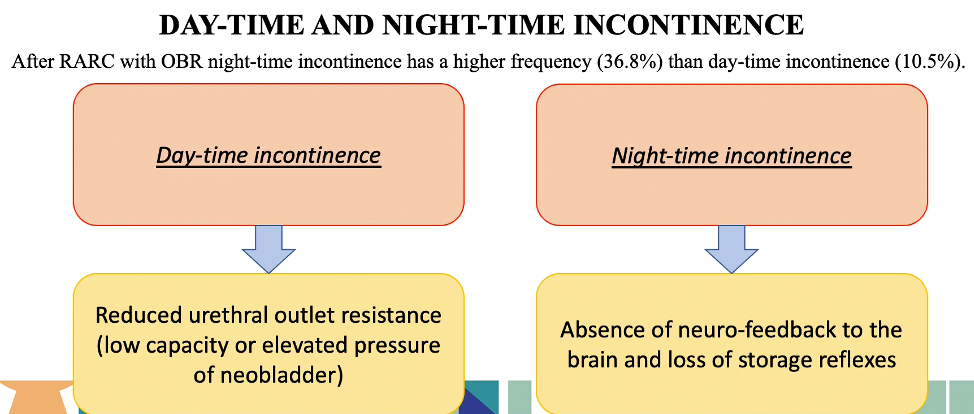Robotic-assisted radical cystectomy has been increasingly adopted due to perceived peri-operative benefits. For patients who opt for radical cystectomy, a urinary diversion is typically performed with either ileal conduit or orthotopic bladder reconstruction (OBR) with a neobladder. In terms of quality of life, continence recovery (CR) is one of the main concerns after robotic radical cystectomy (RARC) with OBR.

In a podium presentation at the American Urologic Association Annual Meeting, Dr. Manuela Tutolo and colleagues presented results of an analysis of the association between CR and multi-parametric magnetic resonance imaging (mpMRI) features in a very selected group of patients treated with RARC with OBR and enrolled in the PURE-01 protocol.
The authors prospectively examined 42 consecutive patients who underwent mpMRI before RARC with OBR. CR was defined as ICIQ-UI-SF scores ≤6 or a maximum 1 security pad. The median and interquartile range were used to characterize continuous variables while numbers and proportions were used for categorical variables. Univariate Cox regression models were used to assess the association between mpMRI features and CR. Cumulative incidence curves depicted the CR rates over time for the associated variables. For continuous variable cut-off was chosen on the base of the more accurate univariate-based C-index for CR prediction.
Among the 42 examined patients, the median age at enrollment was 63.8 years (58.0-66.8). cT stage at mpMRI was ≥T2 in 31 (73.8%) patients. Only 1 (2.4%) patient was incontinent before surgery.
At a median follow-up of 14.4 months (12.2-8.2), 22 out of 42 (52%) patients were continent.
Based on a univariable Cox regression model, depth of urethrovesical junction (HR 2.43; 95%CI 1.20-4.92; p=0.01) and levator ani thickness (HR 2.67; 95%CI 1.01-7.07; p=0.04) were associated with CR.

The authors, therefore, conclude that the depth of urethrovesical junction and levator ani thickness at mpMRI were statistically associated with continence recovery following RARC with OBR.
Presented by: Manuela Tutolo, MD, IRCCS San Raffaele
Written by: Christopher J.D. Wallis, University of Toronto Twitter: @WallisCJD during the 2021 American Urological Association, (AUA) Annual Meeting, Fri, Sep 10, 2021 – Mon, Sep 13, 2021.


